Learn about this condition, its impact, and our breakthrough treatment approach
Begin Assessment
Affects between 80% and 90% of all Psoriasis types. It commonly affects the scalp, elbows, knees, face, lower back, soles of the feet, and palms of the hands.

Affects up to 8% of all people with psoriasis. It often begins in childhood or early adulthood, and the lesions it causes are small and numerous.

Inverse psoriasis affects between 3% and 7% of all people with psoriasis and can play a role in genital psoriasis.

This is a rare and severe form of psoriasis that involves widespread inflammation of the skin. It appears as small white or yellow pus-filled blisters or pustules.
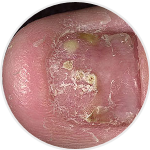
Can occur with any type of psoriasis but is most common with plaque psoriasis. Around 50-80% of those with nail psoriasis have psoriatic arthritis. Some medications may increase the person's risk of developing fungal infections. It is possible to have both a fungal infection and nail psoriasis at the same time.
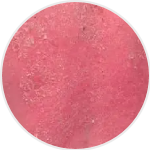
Erythrodermic psoriasis is rare, aggressive, and can be life-threatening (mortality rate is between 10% and 65%. It reduces the skin's ability to protect the body. It causes itching, dehydration, an increased heart rate, shivering, and sudden changes in body temperature. There is a high chance of developing pneumonia or sepsis.
A study published in 2022 has shown that Psoriasis patients in China have a positive linear relationship with mental disorders, Hodgkin lymphoma, leukemia, rheumatic heart disease, chronic obstructive pulmonary disease, and asthma for Psoriasis patients in China.
However, in China, the females had different associations of psoriasis with the above diseases compared to males.
In males, a positive linear relationship was seen with nonmelanoma skin cancer, non-Hodgkin lymphoma, multiple myeloma, ischemic heart disease, cardiomyopathy, myocarditis, nonrheumatic valvular heart disease, multiple sclerosis, diabetes mellitus, and rheumatoid arthritis.
For females, a strong positive relationship was seen in chronic obstructive pulmonary disease, asthma, cirrhosis, other chronic liver diseases, and inflammatory bowel disease.
In short, a positive linear relationship between psoriasis prevalence and comorbidities was seen with different diseases in China within the male and female groups.
General definition of a "Cure": A cure is when a treatment makes a health problem go away and it's not expected to come back. Some health problems have a cure. For example, to treat athlete's foot, healthcare providers use special creams, powders, or sprays that kill the fungus that causes the infection.
Our definition of a "Cure": A cure is when a treatment makes a health problem go away and is not expected to come back, there are no symptoms for a minimum period of one (1) year, no medications are used during this period, and the person lives a normal life.
The official answer of the medical industry – there is no cure for Psoriasis, but you can take steps to manage the disease.
Our answer: Based on the above definition of a cure, all 300 plus Psoriasis Vulgaris clients we have treated in the past 10 years (since 2013) have been cured, and the disease has not returned up until now (October 2024). The worst case was a client who experienced a tiny dot on her hand after going through severe family trauma caused by the loss of her child 6 years after receiving treatment. The follow-up protocol was repeated, and the patient completely recovered after 2 weeks and has been free of any Psoriasis disease since. To the best of our knowledge, we are not aware of other relapses in our clients.
Our success rate in eradicating Psoriasis Vulgaris since 2013 is close to 100%. This figure does not include patients who have been found to have allergic reactions to our products or have not completed the protocol.
Exceptions:
Application: oral, topical, and minor dietary restrictions.
Side Effects: None that we know or have experienced in the past.
Interruption of lifestyle: None.
Duration of Use: 3 months.
Removal of psoriasis plaque & return of healthy skin: A complete removal of the psoriasis plaque typically occurs within the first 2 or 3 weeks. Return to normal life is typically achieved within the first 60 days.
Warnings:
Method of Action:
Unlike traditional medication, the products used in our protocol do not include or contain immunosuppressants and do not lower the immune system. On the contrary, our products and services typically promote and improve the immune system while eliminating the root causes that promote the proliferation of the keratinocytes causing psoriasis lesions.
Side effects:
Other products and medications:
Home Use:
Not a medical treatment:
This treatment is not a medical treatment. The statements in this document have not been evaluated by the FDA or CFDA.
Assessment procedure:
Acceptance:
This client had been suffering from psoriasis vulgaris for 20 years before contacting us. Over the course of 20 years, she tried all possible treatment options, including traditional Chinese medicine and biological therapy, but each time either the results were unsatisfactory or the condition quickly recurred, becoming increasingly severe. The affected area was large (over 90%), covering the whole body and scalp. The client is in treatment for 15 days only (as of October 17, 2021) and the pictures show the result of the treatment AFTER THE FIRST 15 DAYS.
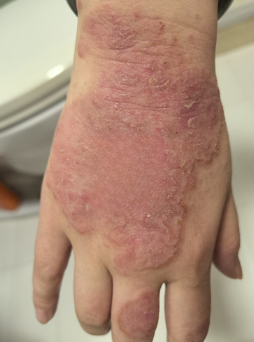
Before

After 15 days
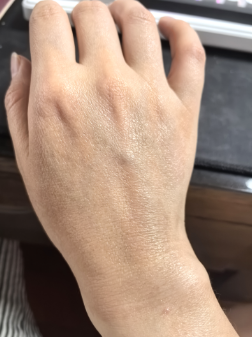
Before
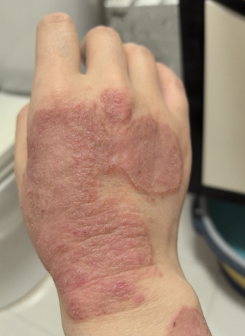
After 15 days
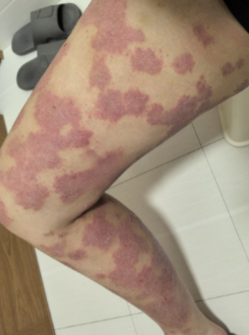
Before
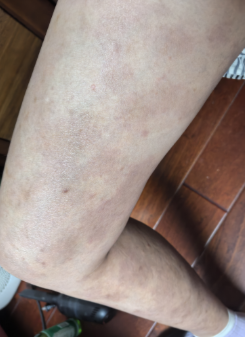
After 15 days

Before

After 15 days

Before
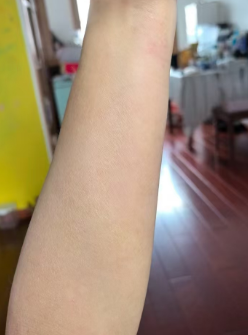
After 15 days

Before
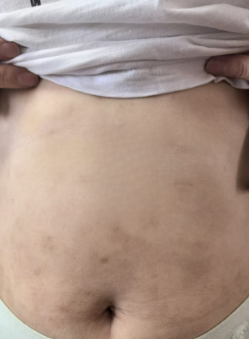
After 15 days
1. Does this protocol work for all types of Psoriasis?
At this stage, we only accept clients with Psoriasis Vulgaris. At this stage, we have not tried our protocol on other types of psoriasis, and we do not know if our protocol is effective against other types of psoriasis. More research is needed to find more information on this topic.
2. How many clients have already used your services?
Over 300 clients in Europe have successfully used our products and services for eradication of Psoriasis Vulgaris (also known as Plaque Psoriasis).
3. What do you mean by cure?
Our definition of a cure means that the disease or the condition the patient suffers from has been completely removed and the disease or the condition does not come back for a minimum period of one (1) year.
4. Did you have cases where the treatment was unsuccessful?
Yes, we have had clients who were allergic to some of the ingredients used in our products. We immediately discontinue the use of the products and services for such clients.
All clients who have completed our protocol were successful in eradicating their Psoriasis Vulgaris lesions since 2013 until now (October 2024), we are not aware of any relapse except for one or several minor dots that have also been successfully removed with the follow-up protocol.
5. What are the Exclusion Criteria?
Our protocol is not suitable for pregnant women, kids under 12, people with allergies, people with plaque on the palms of the hands or the soles on the feet, and people suffering from Steroid Withdrawal Syndrome.